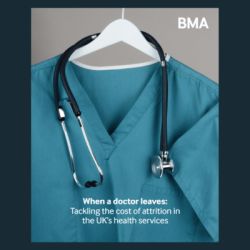A research team at the Karolinska Institute in Stockholm has conducted a study that shows how Sectra’s online service, Sectra OneScreen, provides an efficient and inexpensive method for early identification of people in the “at-risk group” for osteoporosis. Sectra OneScreen can be combined with routine mammography examinations. The study, published in European Radiology, shows that Sectra OneScreen is fully comparable with other more expensive methods currently in use to predict hip fractures caused by osteoporosis, a disease affecting one in two women.
Sectra OneScreen can easily be combined with mammograms by taking a hand X-ray at the same time as breast images using the same radiology equipment. The extra examination takes less than 30 seconds. With this study, researchers have shown that the technique is equivalent to DXA, the golden standard for predicting hip fractures.
“If we can identify people with osteoporosis and treat them with drugs, we can reduce the risk of hip fracture. Our research shows that DXR (the patented technology on which Sectra OneScreen is based) is a technique that lends itself well to this, maybe at general health check-ups, or screenings, for example, or when people seek treatment for a suspected hand or wrist fracture,” says Associate Professor Torkel Brismar, who led the study at the Department of Clinical Sciences, Intervention and Technology, in an earlier press release from the Karolinska Institute.
Around 300,000 hip fractures occur in Europe and 600,000 in the US every year. Mainly women over 50 are affected by osteoporosis. A hip fracture has serious consequences for people and quality of life is impaired for many individuals. About 10-15% of people die within one year as a result of their fractures. In addition to their own personal suffering, these patients often have a major need for care. Treating osteoporosis with medication can reduce the risk of hip fracture.
“If all mammograms were combined with osteoporosis screenings, a portion of the hip fractures occurring every year could be prevented, which would reduce personal suffering and generate major cost savings for the healthcare sector,” says Fredrik Agholme, Medical expert at Sectra.
For more information, please visit: www.sectra.com






















